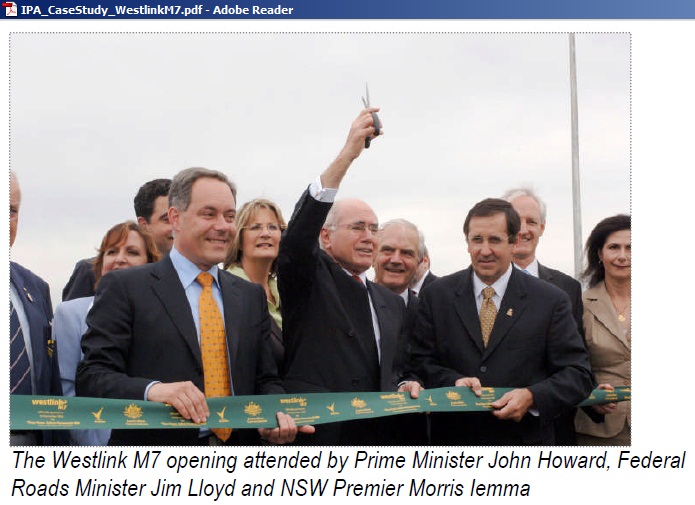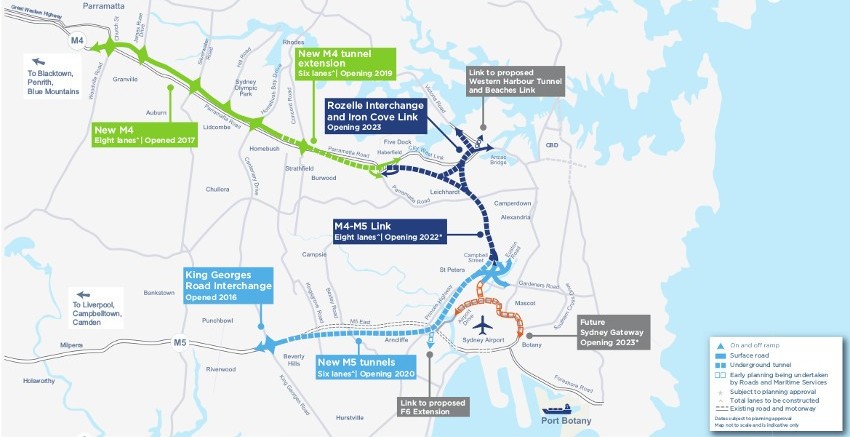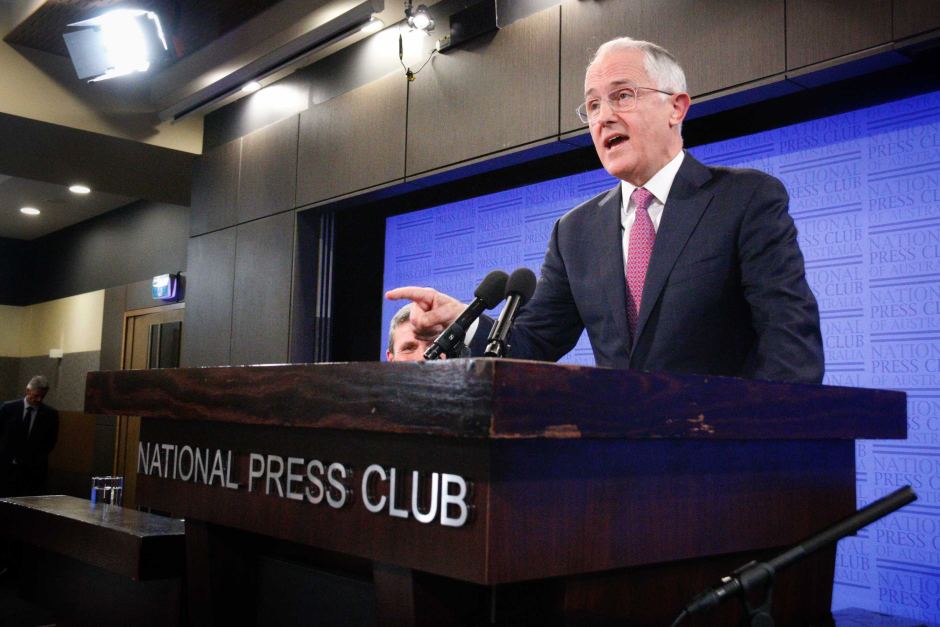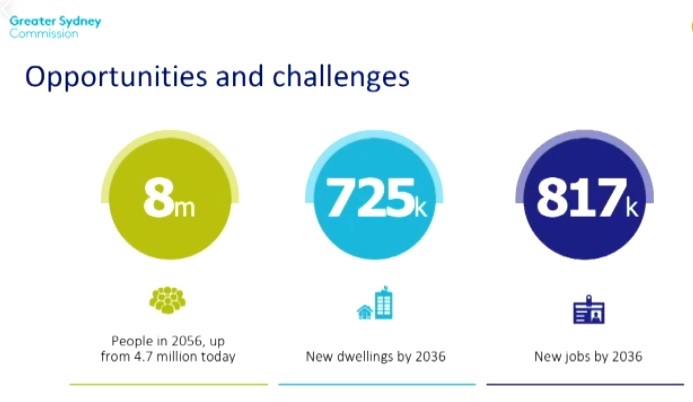Australia increased its internal oil dependency & vulnerability
Let’s summarize what we covered in part 1 and 2
- Australian oil production peaked in the year 2000 while oil consumption is going up relentlessly
- 3 Australian refineries closed, resulting in fuel imports dramatically increasing, mainly from South Korea and Japan. This is a big problem if there is a military conflict in the South China Sea
- Australia’s emergency oil stock is only 60% of IEA requirements since 2014. The government has no firm plans to improve this situation
- Asian oil production started to peak in 2010 while consumption is still going up
- China’s oil production started to decline after 2015. Oil imports are now around 10 mb/d. No one really knows where China will import its oil from in the next 5-10 years, not to mention in the next decades
- China’s maritime silk road project is to be seen as securing China’s oil import routes
- Asia imports around 16 mb/d from the Middle East, making it highly vulnerable to the next ME war
- US shale oil will peak in a yet unknown year, but it will peak due to extraordinarily high decline rates
- The Fuel Security Review argues that the global oil industry will always solve problems of supply disruptions and return to business as usual. This is an untested assumption because there will be fierce competition as Asia has entered the era of peak oil.
So what should Australia have done to prepare for this change? It should have REDUCED its oil use by
- developing alternative transport fuels and building up associated infrastructure
- introducing bio-fuels for sole use in agricultural production and for transport of food to the cities
- electrifying rail: intercity, freight and urban rail including expanding and modernising manufacturing capacities for rolling stock and other rail equipment
- NOT planning and building additional oil dependent infrastructure like freeways, road tunnels and airports
- Limiting the growth of capital cities and decentralizing to new, smaller and energy frugal cities OUTSIDE the commuting distance of big cities
- Reducing immigration because the more people there are, the longer the fuel lines at the filling stations in the next oil crisis
All this has NOT been done. In the contrary, most projects since 2005 have INCREASED Australia’s dependency on oil.
Flawed oil and gas related government papers can have serious financial consequences. An example is Howard’s energy white paper of June 2004. (“Despite increasing demand for oil, there are sufficient reserves to supply world demand for around 40 years.” p 119).
I warned Howard end 2004 in an exchange of letters that peak oil could happen during the term he had just won. Yet, he proudly opened a new toll-way a year later, just as crude oil was peaking (predicted by Kenneth S. Deffeyes in his 2001 book on the Hubbert Peak which turned out to be a conventional peak)
 Fig 28: Howard (centre) opening Sydney’s M7 in December 2005
Fig 28: Howard (centre) opening Sydney’s M7 in December 2005
This picture is a document of bi-partisan oil ignorance (Iemma from the ALP, left)
At the AIIA seminar mentioned in part 2 I handed over a paper to Howard showing that he was wrong and peak oilers were right.
31/10/2017
Howard’s Energy Policy Failure 2004
http://crudeoilpeak.info/howards-energy-policy-failure-2004
Just 3 years after Howard’s energy white paper oil supplies were no longer sufficient as oil prices soared, an indicator for demand exceeding supply at affordable prices. This caused the 2008 oil price shock and the financial crisis. After all, the car dependent US mortgage belt could not handle $4 gasoline prices.
In the Review’s Fig 18, the column “Economic impact” does not show any of the losses which occur for toll-way operators when high petrol prices result in lower than expected traffic volumes and therefore revenues, although there were no physical disruptions of oil supplies.
In Australia, examples of billions of dollars of financial losses were the bankruptcy of Sydney’s Lane Cove tunnel (Jan 2010), Brisbane’s Clem 7 tunnel (Feb 2011) and Airport Link (Feb 2013).
It is the duty of care of governments to warn investors to stay away from oil dependent infrastructure.
Why is this so important today? Because Howard’s disciples are still in power, turning Parliaments (and the media) into endless debating clubs, thereby delaying hard decisions on oil and energy. They have learned nothing in all those years. Howard was recently still proud to repeat on an ABC TV 7:30 program that he is climate and energy agnostic.
https://www.abc.net.au/7.30/john-howard-on-the-victorian-election,-coalition/10560318
Peak oil denial is part of the same unscientific mind-set. It continued into the next generation:
8/9/2013
New Australian Prime Minister is sceptical that peak oil has value for policy making
http://crudeoilpeak.info/new-australian-prime-minister-is-sceptical-that-peak-oil-has-value-for-policy-making
In March 2014, Abbott wasted $405 million by subsidizing the NorthConnex road tunnel

https://www.abc.net.au/news/2014-03-16/nsw-to-start-work-on-northconnex-tunnel/5324118
In May 2014, Abbott agreed to fund WestConnex with a concessional loan of $2 bn, in addition to a grant of $ 1.5 bn
 Fig 29: WestConnex road tunnel in Sydney
Fig 29: WestConnex road tunnel in Sydney
https://www.westconnex.com.au/map
Disappointingly, Malcolm Turnbull was not much better 2 years later
7/7/2016
Prime Minister Malcolm Turnbull’s exciting energy security in Australia
 Fig 30: Malcolm Turnbull on Australia’s energy security
Fig 30: Malcolm Turnbull on Australia’s energy security
PRIME MINISTER:
These are very exciting times, believe me. There has never has been a more exciting time to be an Australian businessman or woman because you know that your future lies in being fast and agile and innovative.
CHRIS UHLMANN:
It would get pretty exciting, Prime Minister, if our trade routes are cut off because I think the point Malcolm [Farr] was going to, was that we have 50 days supply of oil. We don’t innovate that here. How do you deal with that risk, given particularly that China now is militarising islands in the South China Sea?
PRIME MINISTER:
Well, we secure our security – energy security is covered by our own resources here and of course, by diversity of supply.
http://crudeoilpeak.info/prime-minister-turnbulls-exciting-energy-security-in-australia
And this despite the fact that I had handed over a peak oil paper at a Grattan function in Darling Harbour on productive cities, in May 2013
https://grattan.edu.au/events/sydney-productive-cities-opportunity-in-a-changing-economy/
Turnbull’s wife Lucy is Chief Commissioner of the Greater Sydney Commission with the unsustainable objective to increase Sydney’s population by 3 million to 8 million (84 % of which by immigration) without having done any oil and energy supply calculations whatsoever on Fig 20. The more people, the longer the petrol lines at the filling stations.
 Fig 30 Big Sydney, big problem
Fig 30 Big Sydney, big problem
The Greater Sydney Commission has been created by the NSW government to overrule Local Government and to rubber stamp high rise, high density developments to accommodate immigrants.
Another example of ignoring peak oil in China is the 2nd Sydney airport. To be commercial, a new airport would need decades of increasing, affordable oil supplies not only to provide jet fuel but also to serve a growing economy to generate ever growing air traffic in Asia and China in particular.
 Fig 31: Passenger demand for the existing Sydney airport (KSA) and the Western Sydney Airport (WSA)
Fig 31: Passenger demand for the existing Sydney airport (KSA) and the Western Sydney Airport (WSA)
These fantasy passenger numbers give a new hard-hat photo-opportunity:
 Fig 32: PM Scott Morrison posing in front of Sydney’s 2nd airport site
Fig 32: PM Scott Morrison posing in front of Sydney’s 2nd airport site
Conclusion:
Too many wrong investment decisions in oil dependent infrastructure have been made and are still being made. A series of flawed energy white papers and optimistic oil security reports have not adequately warned of the risks ahead. History books will note who is responsible.